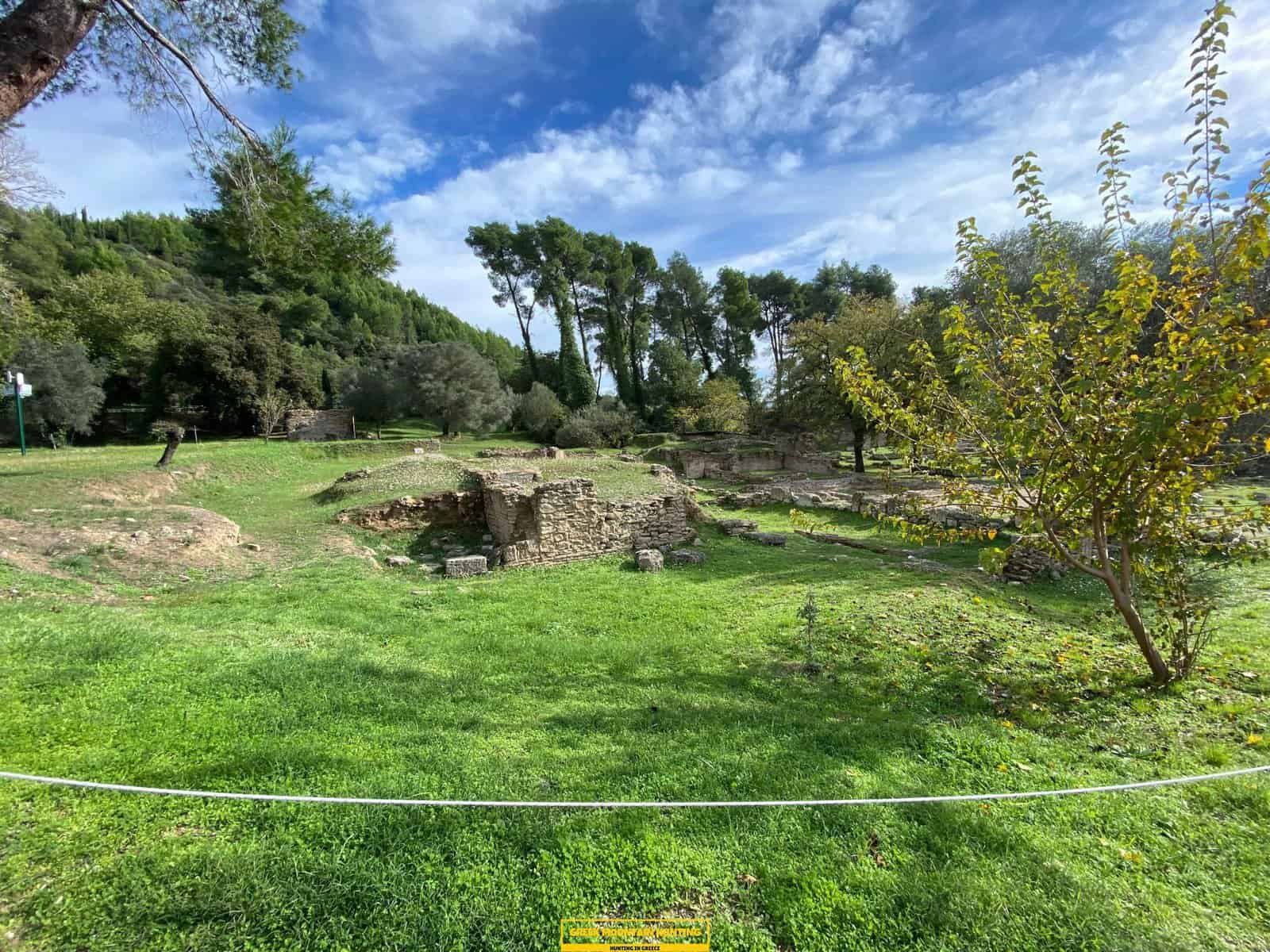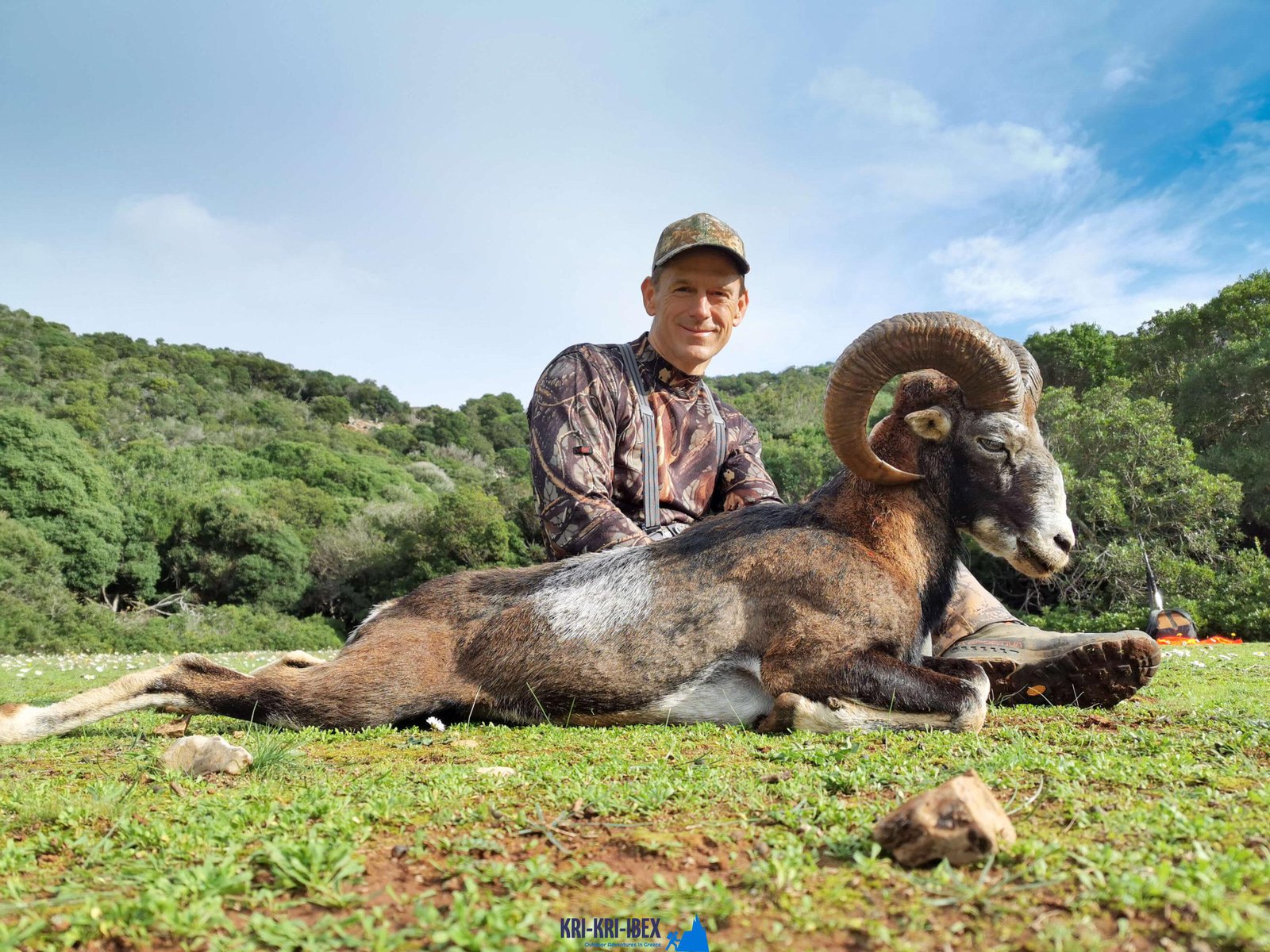
To many people, The Peloponnese peninsula on the Greek Mainland is the 'real' Greece, where points have actually not altered a lot whatsoever over the centuries despite the fact that many people have discovered it. This is an area where you might quickly spend a month, yet if you are short on schedule then our exterior hunting, Fishing, totally free diving as well as visiting Peloponnese Tours from Methoni is a great solution.

The hunt for kri-kri ibex on the island of Sapientza can be a tough and difficult one. The ibex stay in sturdy, steep surface with sharp, rugged rocks that can easily leave you without shoes after just 2 trips there. Shooting a shotgun without optics can likewise be a challenge. Nonetheless, the hunt is definitely worth it for the opportunity to bag this stunning animal.
To many people, The Peloponnese peninsula on the Greek Mainland is the 'actual' Greece, where points have actually not altered a lot in any way over the centuries despite the fact that many people have actually discovered it. This is an area where you can quickly spend a month or even more however if you are short on schedule then our searching and visiting Peloponnese Tours from Methoni is a wonderful option. This covers a huge amount of ground to a few of Europe's many amazing sites in just 5 days. You truly will not think what you see! Whilst the Peloponnese is residence to a few of the best beaches in Greece there are so many points to see and do that it is actually a year-round destination. Whilst Summer is the ideal time to spend at the coastlines as well as waterfalls, Spring and Autumn are outstanding for treking and checking out Ancient Ruins, Caves and also Archeological websites. Even winter months is attracting as many of the towns and also towns receive some snow, particularly in the hills, and also the stone architecture and wineries lend themselves to cosy minutes by an open fire. The covered dishes as well as typical winter food is delicious and also hearty. No matter what time of year you choose you will certainly locate the groups extremely workable as well as in lots of areas, non-existent.
There is genuinely something for everyone in the Peloponnese peninsula. Whether you want history as well as culture or nature and outdoor activities, this is a suitable destination for your following holiday. If you are short in a timely manner, our hunting as well as exploring Peloponnese Tours from Methoni is a fantastic means to see whatever this impressive location needs to offer.And lastly, your Kri Kri ibex prize is waiting for you.
What is the diference between Kri Kri ibex, Bezoar ibex and hybrid ibex
The kri-kri is not thought to be indigenous to Crete, most likely having been imported to the island during the time of the Minoan civilization. Nevertheless, it is found nowhere else and is therefore endemic to Crete. It was common throughout the Aegean but the peaks of the 8,000 ft (2,400 m) White Mountains of Western Crete are their last strongholds–particularly a series of almost vertical 3,000 ft (900 m) cliffs called ‘the Untrodden’—at the head of the Samaria Gorge. This mountain range, which hosts another 14 endemic animal species, is protected as a UNESCO Biosphere Reserve. In total, their range extends to the White Mountains, the Samaria National Forest and the islets of Dia, Thodorou, and Agii Pandes.
This Ibex is NOT a diminutive form of the Bezoar Ibex, which has migrated into the western-most reach of the range of this species. The kri – kri (Capra aegagrus cretica), sometimes called the Cretan goat, Agrimi, or Cretan Ibex, is a feral goat inhabiting the Eastern Mediterranean, previously considered a subspecies of wild goat. The kri-kri has a light brownish coat with a darker band around its neck. It has two horns that sweep back from the head. In the wild they are shy and avoid tourists, resting during the day. The animal can leap some distance or climb seemingly sheer cliffs.
“The agrimi goat Capra aegagrus cretica is unique to Crete and its offshore islands. It has been identi®ed as a sub-species of the wild bezoar goat Capra aegagrus aegagrus Erxleben, 1777, which it closely resembles in horn shape, body form and coloration. This classi®cation has been disputed by some researchers who claim that the agrimi are feral goats, derived from early domestic stock brought to the island by the ®rst Neolithic settlers. In order to clarify this issue, DNA analyses (cytochrome b and D loop sequences) were carried out on tissue of live and skeletonized agrimi and compared to sequences of wild and domestic caprines. Results conclusively show the agrimi to be a feral animal, that clades with domestic goats (Capra hircus) rather than with wild Asiatic bezoar. This study demonstrates that morphometric criteria do not necessarily re¯ect genetic af®nities, and that the taxonomic classi®cation of agrimi should be revised.”